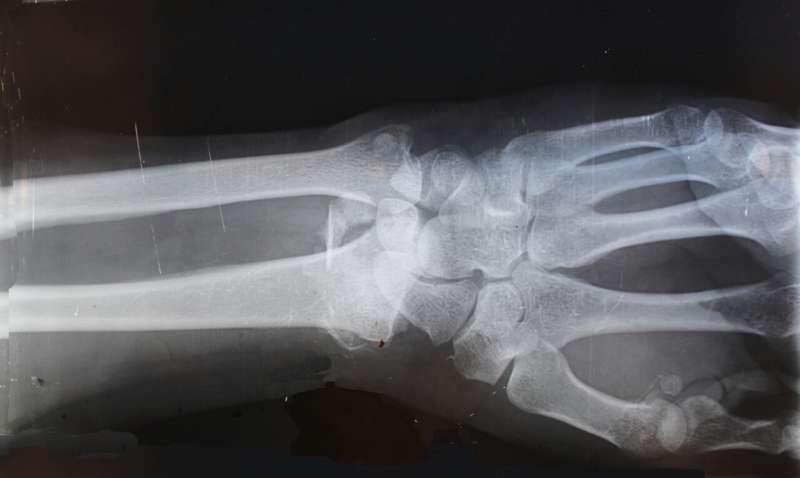Are Chemicals Responsible for the Rising Cancer Rates in Young People? What the Evidence Indicates

Emerging evidence suggests that chemical exposures, including plastics, may contribute to the rising rates of cancer among young people. Learn about potential risk factors and prevention strategies.
Cancer has long been considered a disease primarily affecting older adults, due to the accumulation of genetic mutations over time. Each cell in our body carries DNA instructions essential for its proper function. When these instructions are damaged or mutated, cells can grow uncontrollably, leading to cancer. These mutations can happen randomly during cell division or due to environmental exposures.
As we age, the likelihood of accumulating harmful DNA mutations increases because our bodies become less efficient at repairing damaged cells. This is why cancer incidence is significantly higher in older populations.
In recent years, however, there has been an alarming increase in cancer cases among individuals under 50. This trend suggests that factors beyond aging may be influencing early-onset cancers. Environmental factors, which encompass everything outside our bodies like chemicals, viruses, lifestyle choices, and diet, are suspected to play a critical role.
Examples of known environmental risks include ultraviolet radiation causing skin cancer and tobacco smoking leading to lung cancer. Public health campaigns have successfully reduced these risks, resulting in declining cases of associated cancers in many regions. Nonetheless, certain cancers, such as those of the liver, pancreas, breast, prostate, and kidneys, are increasing among young people globally, particularly in affluent Western countries.
A primary focus of current research is on chemical exposures—given the proliferation of plastics, pollutants, and other chemicals in everyday life. While many chemicals have not yet been conclusively linked to specific cancers, plastics are under scrutiny because they are pervasive and potentially hazardous.
Plastics, found ubiquitously in consumer products, can contain or leach chemicals that may pose health risks. Animal studies provide strong evidence of potential harm, but establishing direct links in humans proves complicated due to the multitude of exposures and genetic factors involved.
For example, colorectal or bowel cancer, which is more common in older adults thanks to regular screening, is increasingly diagnosed among younger populations. This rise may be connected to exposure to microplastics and chemicals such as PFAS found in food packaging, as well as lifestyle factors like diet, obesity, and alcohol consumption. Additionally, insights suggest gut bacteria and bacterial toxins also influence bowel cancer risk.
To reduce cancer risks, experts recommend minimizing exposure to plastics and chemicals where possible—through better food choices, avoiding known pollutants, and promoting healthy lifestyles. Regular exercise, a balanced diet, and avoiding tobacco and excessive alcohol are proven strategies to lower overall cancer risk.
While research is ongoing, staying informed and making health-conscious decisions remain vital. If you have concerns or a family history of cancer, consulting healthcare professionals for personalized advice is advisable.
Source: https://medicalxpress.com/news/2025-07-chemicals-blame-cancer-young-people.html
Stay Updated with Mia's Feed
Get the latest health & wellness insights delivered straight to your inbox.
Related Articles
Dual Functions of PME-1 Protein: Essential for Brain Development and Potential in Disease Therapy
Discover how PME-1 protein's dual functions are vital for brain development and hold promise for treating diseases like Alzheimer’s and cancer, paving the way for innovative therapeutic approaches.
Research Reveals Increased Fracture Risk After Discontinuing Hormone Replacement Therapy in Women
Discontinuing hormone replacement therapy in women leads to a rapid loss of bone fracture protection, with increased risk peaking around three years post-therapy. Ongoing bone health monitoring is essential for women after stopping MHT.
Research Shows No Elevated Risk of Gynecological Cancer with Long-Term Testosterone Therapy
A large-scale study finds no increased risk of gynecological cancers in transmasculine and gender-diverse individuals using testosterone therapy for up to five years, supporting the safety of hormone treatment.
Researchers Identify Key Genes Influencing Brain Tumor Spread, Opening Doors for New Therapies
New research uncovers key genes that influence how glioblastoma spreads within the brain, paving the way for targeted treatments to improve patient outcomes.



